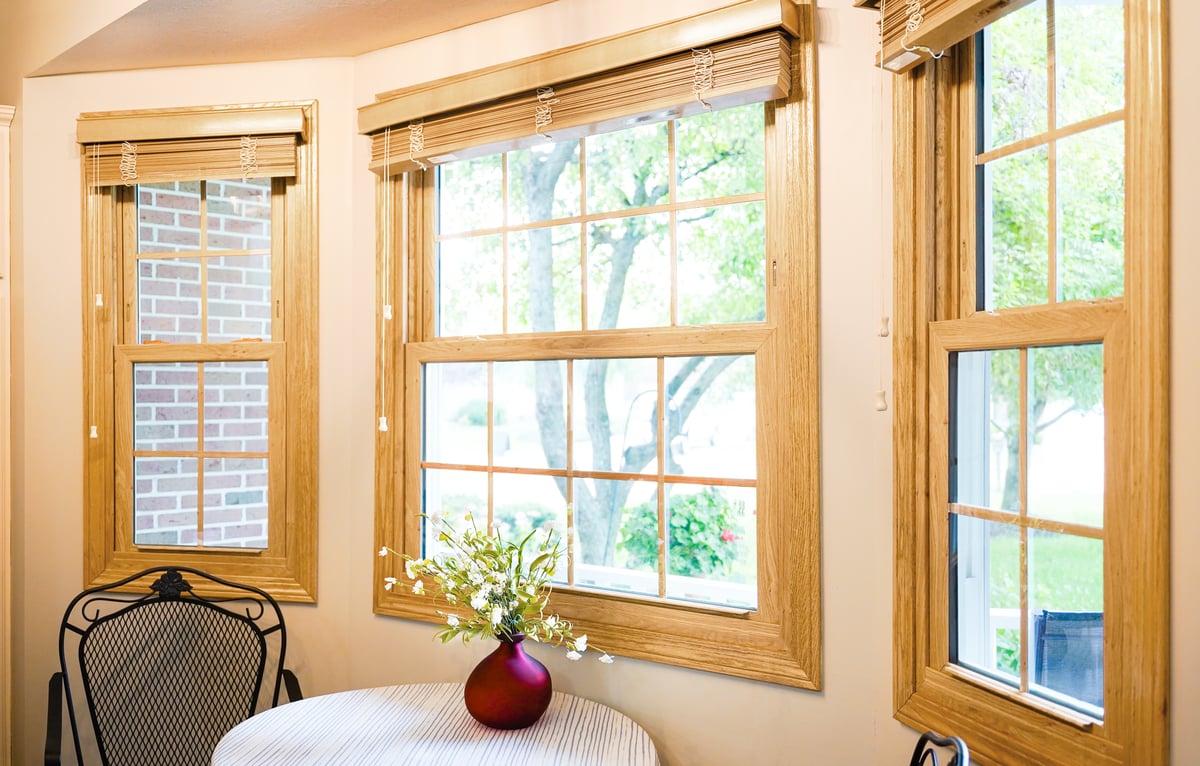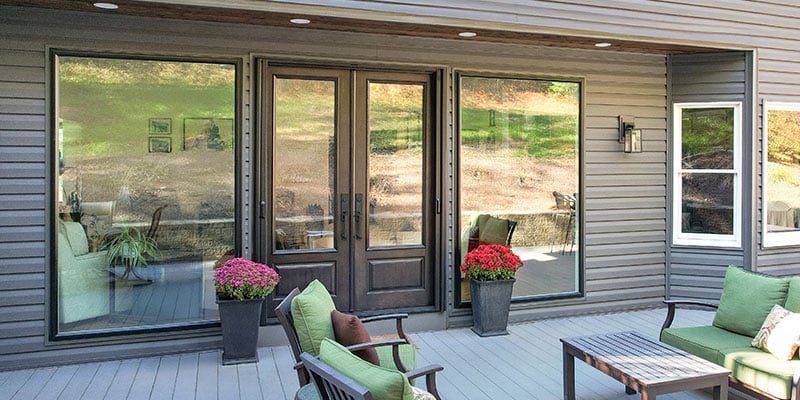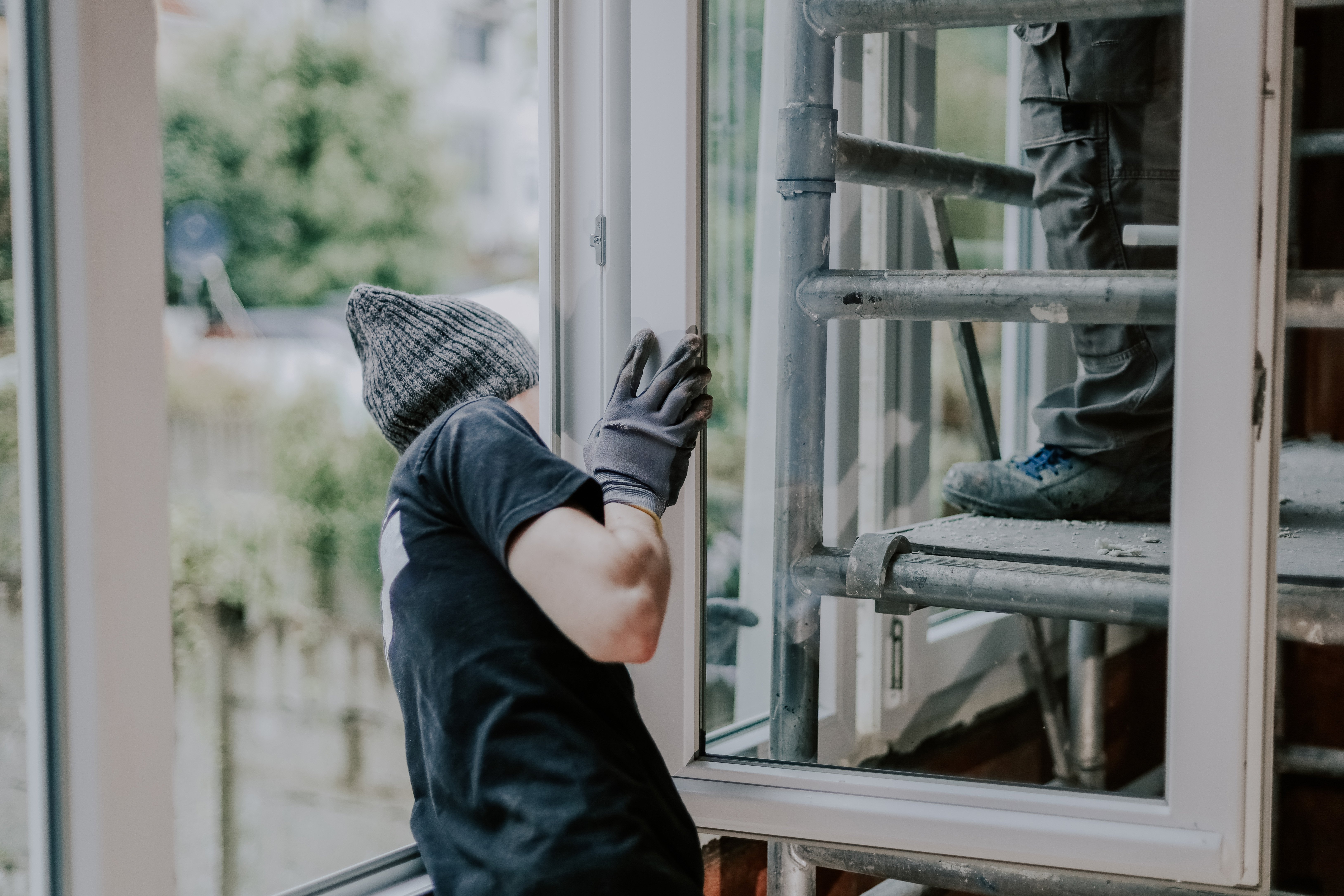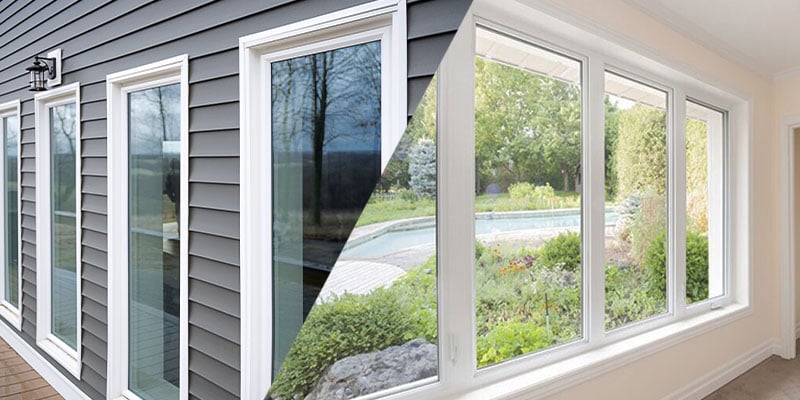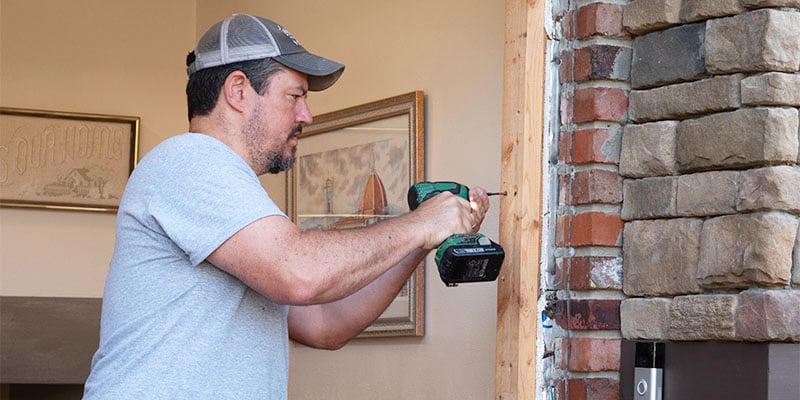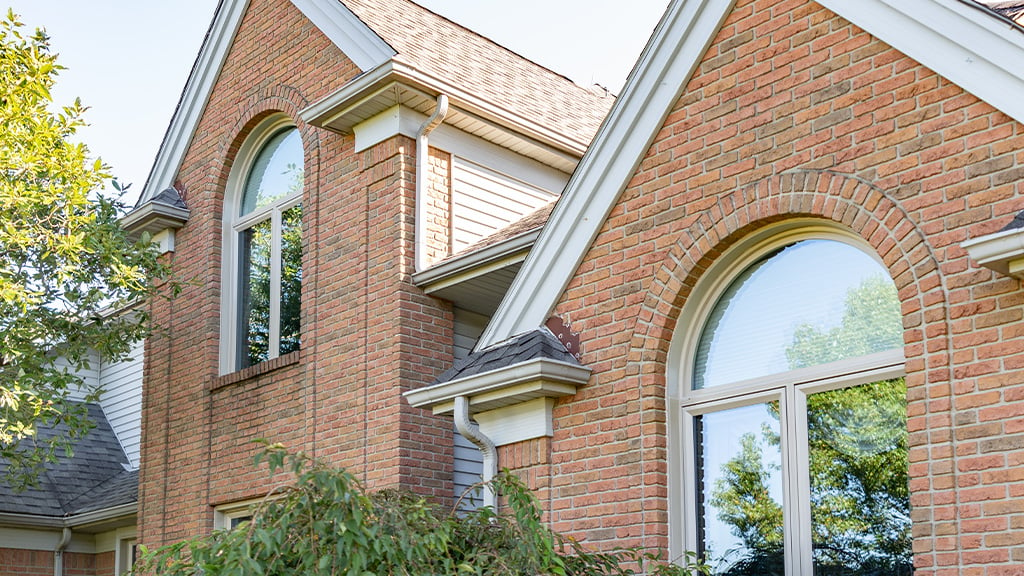Replacement Windows vs. New Construction Windows: Pittsburgh Homeowner Guide
October 7th, 2025
6 min read
By Jeff Blank
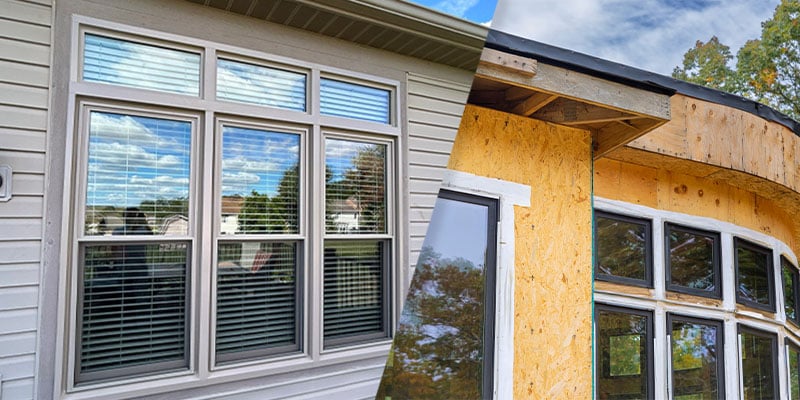
Are you hearing terms like “replacement windows” and “new construction windows” and wondering what the real difference is?
New windows are a big investment, and you want to make sure you're choosing the right type of window installation for your Pittsburgh home. While also avoiding wasting money on something that won’t work properly and will look bad on your house.
The truth is, the window itself often isn’t that different; it’s the sizing.
In this article, you'll learn exactly how replacement and new construction windows differ, when to choose each option, what it means for cost and energy efficiency, and how to avoid making the wrong call.
Key Summary
- Understand the real difference: It’s not the window itself but how it’s installed (replacement vs. new construction).
- Know when to choose each option: Learn which type works best for older homes, remodels, or new builds.
- Compare costs: Replacement (pocket) installs can cost $600–$1,000 less than full-frame or new construction installs.
- See how energy efficiency compares: Installation quality matters more than window type.
- Avoid costly mistakes: Find out what happens if you try to use a standard new-construction window in an existing opening.
- Plan your next step: Use our Window Pricing Calculator or schedule a no-pressure consultation to see which option is right for your Pittsburgh home.
What Are Replacement Windows?
Replacement windows (pocket and full-frame) are designed to fit into your home’s existing window frame. They are custom-made in 1/8” increments in height and width to precisely fit, with some clearance, the existing opening in an older home.
Following an exact measurement of the opening by a trained professional, a replacement window is custom-made to those measurements. They are also made to be anchored to the opening while the exterior brick and siding are already there. Because of this, they have to be flashed differently than a new construction window to prevent water penetration.
Pocket vs. Full Frame: What Do These Window Replacement Terms Really Mean?
Before we dive deeper into replacement versus new construction windows, it’s worth calling out two terms you may hear during a window project: pocket replacement and full frame replacement. These aren’t technically categories of windows like “replacement” or “new construction.” Instead, they describe how the window is installed.
- Pocket installation: The existing frame stays, and the new window sits inside it. This option is quick, less disruptive, and usually more affordable, but you do lose a little glass space.
- Full frame replacement: Everything, including the old frame, trim, and sill, is removed. The new window is then installed back to the studs. This gets you close to your original glass size (or sometimes more), but it requires more labor and typically costs more.
Most Pittsburgh homeowners choose pocket installs, especially if there is decorative woodwork and trim on the inside. Full frame replacement is usually reserved for cases with significant rot, damaged frames, or when maximizing glass size is a priority.
Want a deeper dive? Check out our guide to pocket vs. full frame replacement windows to see which option might work best for your home.
Photo Credit: Bayview Windows
What Are New Construction Windows?
New construction windows are what builders use in brand-new homes. They are made in standard sizes in typical two-to-four-inch increments. These sizes are published, and a builder frames the opening in a house or addition to accept one of these “standard” sizes.
These sizes are mass-produced and kept in stock at the lumber yard. You cannot order a size to fit an existing opening. New construction windows typically come with a nailing flange to attach them to the home and flash the opening before siding or brick is applied. They may also have an integral J-channel to accept and flash the siding.
Is Full Frame Window Replacement Basically the Same as New Construction?
No, but they are related. A full frame replacement tears out the old frame and rebuilds the opening back to the studs. A new construction window is usually installed in brand-new homes, where the nailing flange can be attached before siding or brick goes on.
In practice, the two approaches overlap. During a full frame replacement, you’re essentially treating the opening as if it were new construction. That’s why some contractors use the terms interchangeably, but a standard size new construction will not fit the existing opening properly. A custom sized window is still required for a full-frame removal in an existing opening.
Which Costs More in Pittsburgh: Replacement Windows or New Construction Windows?
Here’s the rule of thumb: new construction or full-frame installs can cost 1.5 to 2 times more than pocket installs. A pocket install can cost anywhere from $600-$1,000 less than a full-frame removal.
That’s because the window itself may be the same, but it’s the extra labor (removing siding, adding trim, repairing woodwork) that increases the price.
If you're wondering how prices are calculated, this article on what determines the cost of new windows breaks it all down.
When Is it Better to Choose Replacement Windows for Your Home?
Replacement windows are usually the best fit if:
- Your current frames are solid and free of rot.
- You want a quicker, less invasive project.
- You’re looking for a more budget-friendly solution.
- Your blinds, drapes, or interior trim need to remain untouched.
They’re also ideal for Pittsburgh’s many older homes, like in Shadyside or Bethel Park, where opening up the walls could reveal unexpected and expensive issues.
If you try to use a new construction window in an existing opening in a house, the installer has to use the next smaller size that “fits’ within the existing opening. From there, they have to fill in the gaps on the height and width to make up the difference between the opening and the “standard” size new construction windows have available.

When Do Pittsburgh Homeowners Need to Go With New Construction Windows Instead?
New construction windows are the best choice if:
- You’re building a new home.
- You’re doing a major remodel or siding replacement.
- Your current frames are damaged, rotted, or water-stained.
This option gives you maximum glass space and ensures hidden damage can be fully addressed. But even in these situations, you still need to use a custom-sized window made to fit the opening.
It’s important to note that some window openings don’t have a choice between new construction and full frame or just a pocket replacement. This is why it is important to talk with a window expert to see which window type is best for your project.
Do Replacement Windows Save as Much Energy as New Construction Windows?
Yes, replacement windows are as energy efficient as new construction windows. Both window types use the same technology, vinyl, fiberglass, or wood frames paired with ENERGY STAR-rated insulated glass.
The difference comes down to the quality of the installation. A well-installed replacement window can perform just as efficiently as a new construction window, and vice versa. But if either is installed poorly, energy efficiency will suffer regardless of quality. But, a standard size new construction window in an existing opening will probably be the least energy efficient option.
That said, the window's construction and materials still play an important role.
Are All New Construction Windows Just “Builder Grade”?
Not necessarily, but many are. In new builds, it’s common for contractors to choose budget-friendly windows that meet basic code requirements but may not be built for long-term performance.
Think of it like a new car that comes with basic tires: they work, but they’re not necessarily built for premium handling or longevity. Similarly, these “builder-grade” windows often prioritize upfront savings over insulation, durability, or long-term energy efficiency.
That’s why some homeowners find themselves needing to replace their windows just 5–10 years after moving into a new home, especially if they notice drafts, fogging, or energy bills creeping up.
If you’re replacing windows, you’ll have more control over the materials, performance ratings, and features that suit your needs and not just what met code during construction.
How Do Design and Trim Options Compare Between Replacement and New Construction Windows?
Regardless of installation type, most high-quality windows, including the ones we offer, allow for the same range of aesthetic options:
- Custom interior and exterior finishes
- Trim upgrades
- Grids and decorative styles
The main difference isn’t in design flexibility, but in how much additional work is needed to achieve your look. Full-frame installs may require more trim or finish carpentry, which increases the investment, while pocket installs are generally simpler and less costly.
Pros and Cons of Replacement vs. New Construction Windows
|
Replacement Windows |
New Construction Windows |
|
|
Cost |
Lower overall, $600-$1,000 less |
Higher (more labor) |
|
Installation |
Quicker, less invasive |
More disruptive |
|
Glass Size |
Slightly reduced |
Full |
|
When to Use |
Frames are solid; minimal changes |
New builds, major remodels |
|
Energy Efficiency |
Same as new construction, installation matters |
Same as replacement, installation matters |
How Do You Decide Which Type of Window Installation is Right for Your Pittsburgh Home?
Your decision comes down to:
- Budget – How much do you want to invest?
- Condition of your current frames – Are they solid or rotting?
- Remodeling plans – Are you updating siding, trim, or interiors?
- Long-term goals – Is this your forever home or are you preparing to sell?
Sometimes, there isn’t a choice of what window opening gets what type of replacement. That’s why it’s critical for homeowners to have a window expert come out to look at their windows first so they can create a smart plan for their project’s needs.
How to Make the Best Choice
Choosing between replacement and new construction windows can feel confusing, but now you know the key difference comes down to having a window that fits properly into the existing opening, not necessarily the window type itself.
You came here trying to make the best decision for your home, without wasting time or money, and we hope you now feel more confident navigating your options.
Your next step? Use our Window Pricing Calculator or schedule a no-pressure consultation to find out which type of installation your home actually needs.
At Energy Swing Windows, we’ve helped thousands of Pittsburgh homeowners make smart, stress-free window decisions and we’re here to help you do the same.
Jeff Blank is the Operations Manager at Energy Swing Windows and has been with the company since day one. He oversees every aspect of installation with a deep commitment to doing things right. No shortcuts, no guesswork. With decades of hands-on experience, Jeff is the go-to expert when it comes to what really makes a great installation.
Topics:


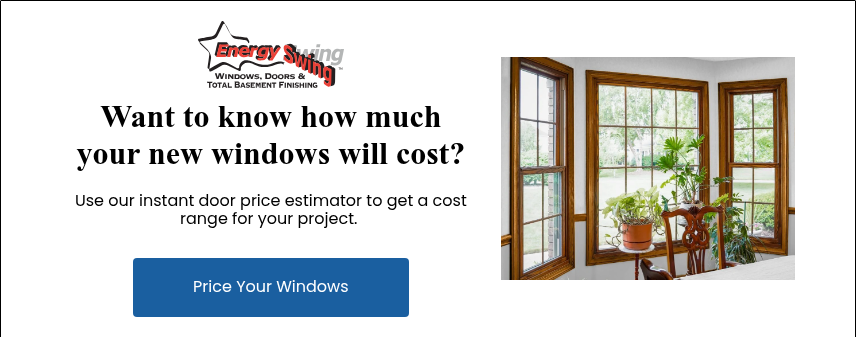








.jpg?width=1200&height=550&name=Copy%20of%20Copy%20of%20ESW%20Collage%20Template%20(3).jpg)
